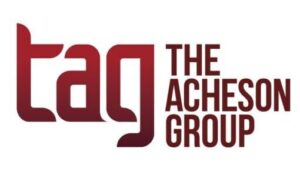With foodborne illness continuing to be a serious issue in the U.S., a fragmented set of agencies and laws governing the country’s food supply, and a lack of significant progress being seen toward agency goals to reduce foodborne illness, the U.S. Government Accountability Office (GAO) has issued a new status report. In the report, “Food Safety: Status of Foodborne Illness in the U.S.,” which delineates the issues and current progress, the GAO reiterates a number of previously made recommendations “which remain unaddressed,” particularly the need for a national strategy to guide federal efforts. Such a national strategy, the report states, would “address ongoing fragmentation and improve the federal food safety oversight system.”
The new (and repeated) recommendations are focused on the foodborne illness issues and lack of goal progress cited in the report:
The issues
- CDC 2011 estimates indicate that more than 3,000 people die and 128,000 are hospitalized each year due to foodborne illness. And those figures are said to be underestimated, because only a small proportion of all foodborne illnesses are diagnosed and reported to public health authorities. Additionally, a new study to be published by CDC this year estimates that six pathogens alone (Salmonella, Listeria monocytogenes, Campylobacter, Clostridium perfringens, E. coli/STEC, and norovirus) cause about 10 million cases of foodborne illnesses annually, resulting in about 53,300 hospitalizations and over 900 deaths.
- At least 30 federal laws govern the safety and quality of the U.S. food supply, both domestic and imported with 15 federal agencies administering the laws, supplemented by states, localities, Tribes, and territories.
- Identifying cases of foodborne illness can be challenging if a sick person is not diagnosed (underdiagnosis) or a possible case of foodborne illness is not reported (underreporting). Even when reported, an epidemiological investigation is generally needed to identify the likely food source and any connected cases. This can be challenging because of the number of agencies involved, and because a food product, but not the specific ingredient, may be linked to the cases; sick person(s) may be unwilling to participate in an investigation, or have forgotten the details; records may not have been kept – especially at retail or restaurant level; and parasitic foodborne illnesses often have a lag time before the parasite is detected, etc.
Current progress
- The report states that FDA and FSIS have not met their goals to reduce infections caused by key pathogens found in foods that each agency regulates, and the annual targets for most performance measures of the Healthy People 2030 joint initiative (including CDC, FDA, and FSIS) are not likely to be met given that they have another 5 years.
- Responses from the three agencies included: CDC stated that a lack of staffing capacity at state and local health departments affects its ability to meet its target, and high turnover in state and local health departments, as well as difficulty hiring, affects their ability to conduct interviews during outbreak investigations. FDA officials noted that the use of advanced testing methods to detect foodborne pathogens may cause an increased incidence rate in the data, making progress towards goals more challenging to measure. FSIS provided a letter noting the consistent Salmonella reduction in poultry products, but the lack of correlation with attributed illnesses, and its resulting redirected policies on reduced final product standards and declaration of Salmonella as an adulterant in certain chicken products, with some of these not yet having taken affect.
Recommendations
While the agencies did note some challenges and/or advances, the GAO restated its long-held opinion that “the fragmented nature of the federal food safety oversight system causes inconsistent oversight, ineffective coordination, and inefficient use of resources.” The report noted that it had identified federal food safety oversight as a high-risk issue since 2007, making several recommendations and matters for congressional consideration; and had called for the Executive Office of the President to develop and implement a national strategy for overseeing food safety in 2017. However, as of the writing of the report, there were no plans to create a national strategy even though several members of the food safety community are advocating for such a plan.
With foodborne illness continuing to be a serious and costly problem, the report states, “we maintain that the development and implementation of a national strategy for food safety creates an opportunity to further strengthen the oversight of the nation’s food supply, in turn reducing the economic and public health impacts of foodborne illness.”
In the “Look Forward at 2025” from TAG President & CEO Dr. David Acheson, he stated that the formation of a single federal food agency “is more likely to happen under the Trump administration than any I’ve seen for a long time.” But the fact that the creation of a single agency – or even a coordinated national strategy – would take a lot of time and energy is likely a key reason that there has been no action on the GAO recommendation. However, with the foundation of the new administration being change, and even “a complete overhaul” of the food side of FDA, we (like GAO) reiterate David’s previous statement: That we have about as strong a tailwind as we could for change. How far a national strategy (if enacted) would go toward a single agency is unknown, but it would certainly be a step in that direction.
All written content in TAG articles, newsletters, and webpages is developed and written by TAG experts, not AI. We focus on the realities and the science to bring you the most current, exacting information possible.





